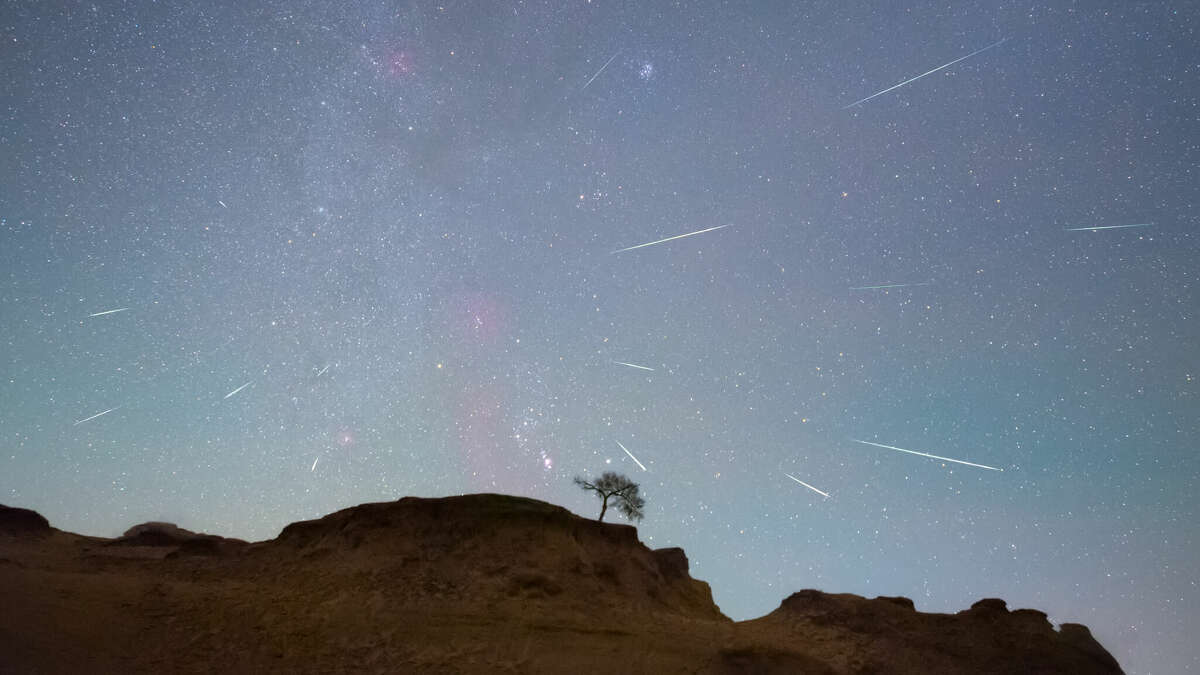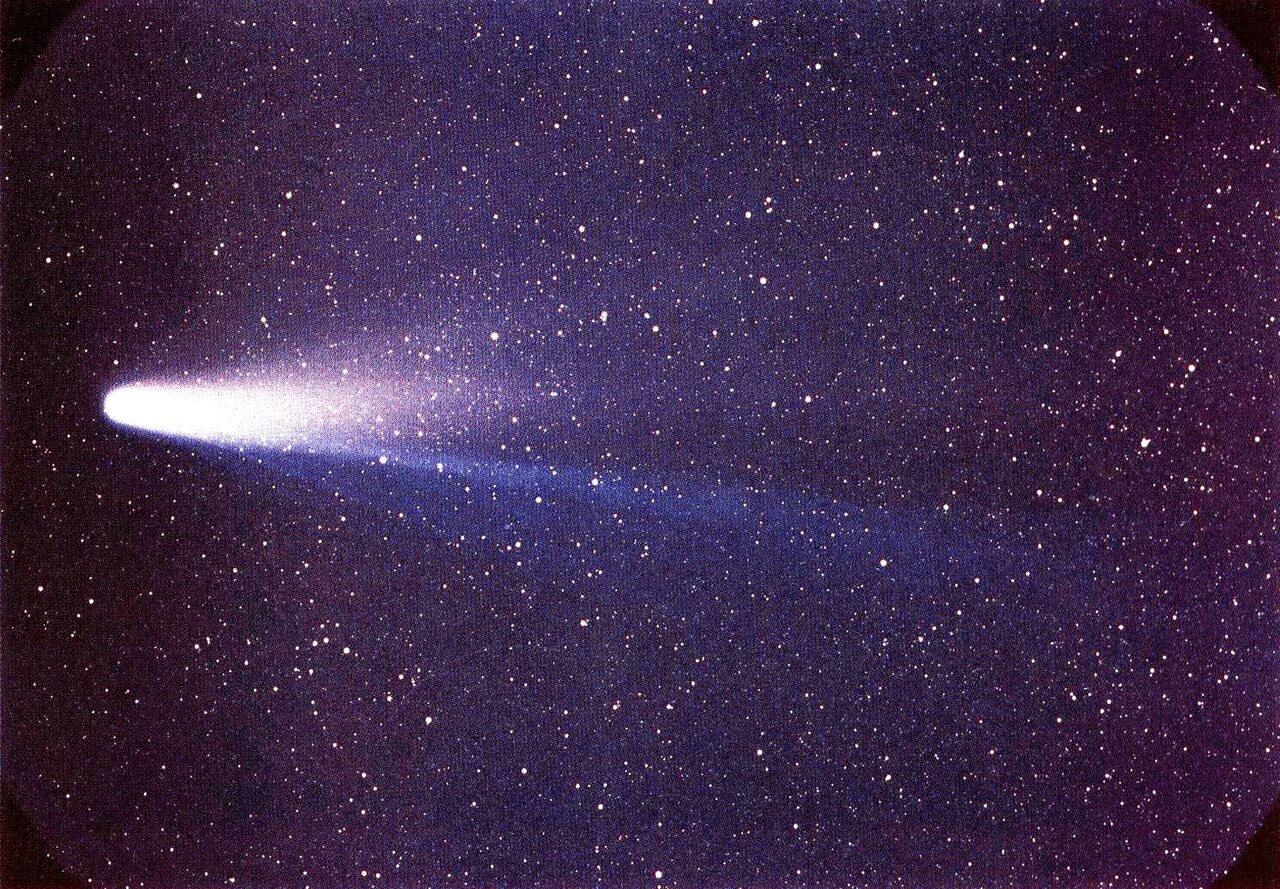This is the Orionids weekend, the gift of Halley’s Comet

Over the next few days, if you look up at the sky before dawn, weather permitting, you could witness a show of "shooting stars". These objects are but a gift left by a space object that we rarely see in our skies, Halley's Comet, which is the origin of the Orionid meteor shower, which we pass through in the third week of October.
If the Geminids in December and the Perseids in August can be considered the “first series” among the annual meteor showers in terms of brightness and reliability, then the Orionids meteor shower is part of the junior varsity team.
This year they are expected to reach their maximum before sunrise on Sunday morning (October 22) . Orion, of course, is a winter constellation. At this time, in early autumn, it appears before us on our path around the sun, and as such it has not risen fully above the eastern horizon until after 11pm. local daylight saving time. Several hours later, between 4 and 5 a.m., Orion will be high in the sky to the south-southeast.
But to see the most meteors, look not in the direction of the radiant, but rather about 30 degrees away from it, in the direction of the point directly above us (the zenith). Your clenched fist held at arm's length is roughly equivalent to 10 degrees, so looking “three fisted” from Betelgeuse, the star that forms Orion's left shoulder, will be where you focus your vision.
Visibility of the Orionids extends from October 16 to October 26, with peak activity of perhaps 15 to 20 meteors per hour arriving on the morning of October 22. If you go out before dawn on any of these mornings and see a meteor, there's about a 75% chance that it's probably a byproduct of Halley's Comet. The last Orionid stragglers usually appear in early to mid-November.
The best time to observe starts from about 1 or 2 a.m. local time until first light (around 5:45 a.m.), when Orion is highest above the southern horizon. The higher Orion is in the sky, the more meteors appear throughout the sky. The Orionids are one of the few known meteor showers that can be observed equally well from both the Northern and Southern Hemispheres.
Typically, Orionid meteors are normally faint and not well visible from urban locations, so it is recommended to find a safe rural location to see the best Orionid activity.
Halley's Comet approaches the Sun and becomes visible every 75-79 years, and its appearance, once considered an ominous signal, has been recorded many times in the history of humanity. Now we know what the Orionids show left us.

Thanks to our Telegram channel you can stay updated on the publication of new Economic Scenarios articles.
The article This is the Orionid weekend, the gift of Halley's Comet comes from Economic Scenarios .
This is a machine translation of a post published on Scenari Economici at the URL https://scenarieconomici.it/questo-e-il-weekend-delle-orionidi-il-regalo-della-cometa-di-halley/ on Sat, 21 Oct 2023 18:15:34 +0000.


